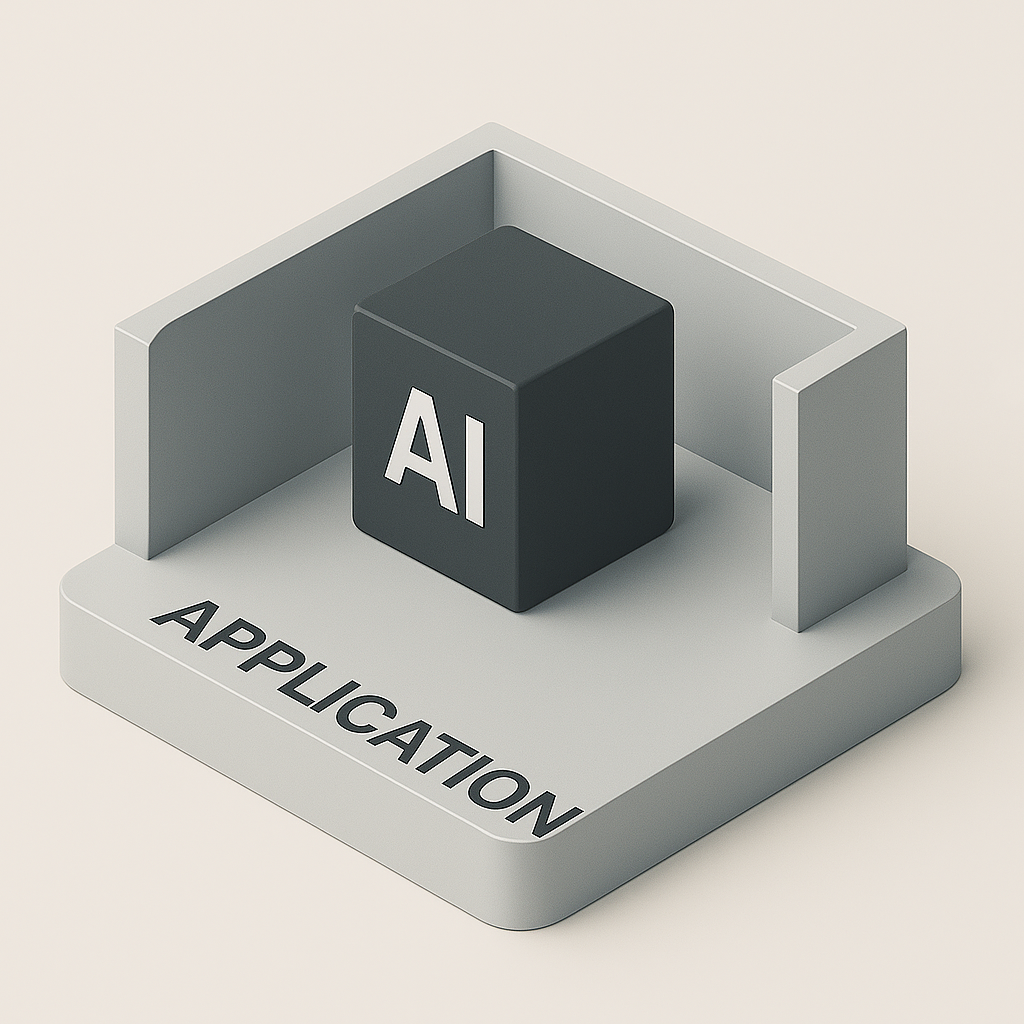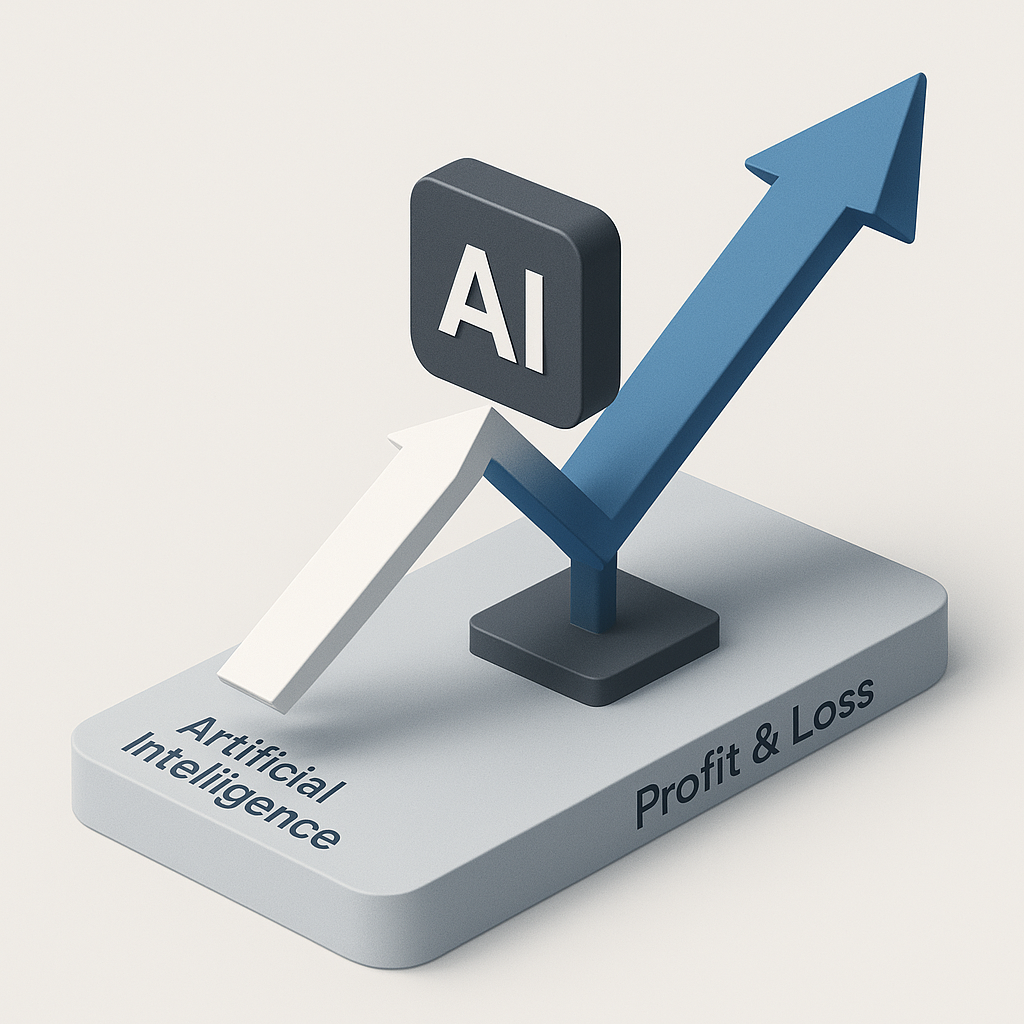
Overview
This project demonstrated how BigQuery ML can be used to predict customer churn efficiently and at scale. By leveraging Google Cloud Platform (GCP) and its tightly integrated services, we created a robust pipeline for data ingestion, model training, and deployment. The insights gained highlight the strengths and limitations of BigQuery ML, providing guidance for its application in similar projects.
Pros of Using BigQuery ML
Scalability
- Efficient on Large Datasets: BigQuery ML processes millions of rows without additional infrastructure, making it ideal for telecommunications data.
- Automatic Resource Management: GCP dynamically allocates resources, reducing the overhead of manual scaling.
Ease of Use
- SQL-Based Modeling: Familiar SQL syntax eliminates the need for extensive machine learning expertise, enabling broader adoption across teams.
- Simplified Pipeline: Integrates data storage, processing, and modeling within BigQuery, reducing complexity.
Native Integration with GCP
- Seamless Ecosystem: Tight integration with GCS, Cloud Functions, and Pub/Sub ensures smooth workflows from data ingestion to real-time predictions.
- Security and Compliance: Built-in GCP IAM roles provide granular access control to ensure data security.
Cons of Using BigQuery ML
Limited Flexibility in Custom Models
- Restricted to Predefined Models: BigQuery ML supports a limited set of models (e.g., Logistic Regression, XGBoost, DNN) with predefined hyperparameters.
- No Custom Architectures: Advanced customizations like tailored neural network architectures or ensemble methods are not possible within BigQuery ML.
Cost Considerations
- Query Costs: Running complex models or frequent predictions on large datasets can result in significant costs.
- Training Iterations: Iterative training and hyperparameter tuning incur additional charges, especially for deep models like DNN.
Future Improvements
While BigQuery ML provides an excellent starting point for ML projects, further enhancements could amplify its effectiveness:
- Deeper Hyperparameter Tuning: Incorporating a broader range of hyperparameters for XGBoost and DNN could unlock better performance.
- Custom Model Integration: Exporting data to frameworks like TensorFlow or PyTorch for advanced modeling could complement BigQuery ML.
- Explainability Features: Adding SHAP (SHapley Additive exPlanations) or other explainability tools would enhance stakeholder understanding of model predictions.
- Real-Time Optimization: Streamlining real-time workflows with pre-built integrations for Cloud Functions and Pub/Sub could improve prediction latency.
Business Value of BigQuery ML
The churn prediction model provides actionable insights for telecom companies:
- Proactive Retention Strategies: Identifies at-risk customers, enabling targeted retention campaigns and reducing churn.
- Resource Optimization: Focuses customer engagement efforts on the most valuable and vulnerable segments.
- Revenue Growth: Retaining customers drives consistent revenue streams and improves lifetime customer value (LCV).
By integrating ML predictions into customer retention workflows, businesses can achieve measurable outcomes with minimal setup and infrastructure management.
BigQuery ML offers a powerful and accessible way to build, deploy, and scale machine learning models for churn prediction. While it has some limitations in flexibility and cost, its seamless integration with GCP and SQL-based interface make it an excellent choice for businesses seeking quick and impactful ML solutions. By refining this approach and exploring external integrations, businesses can unlock even greater value from their data.



